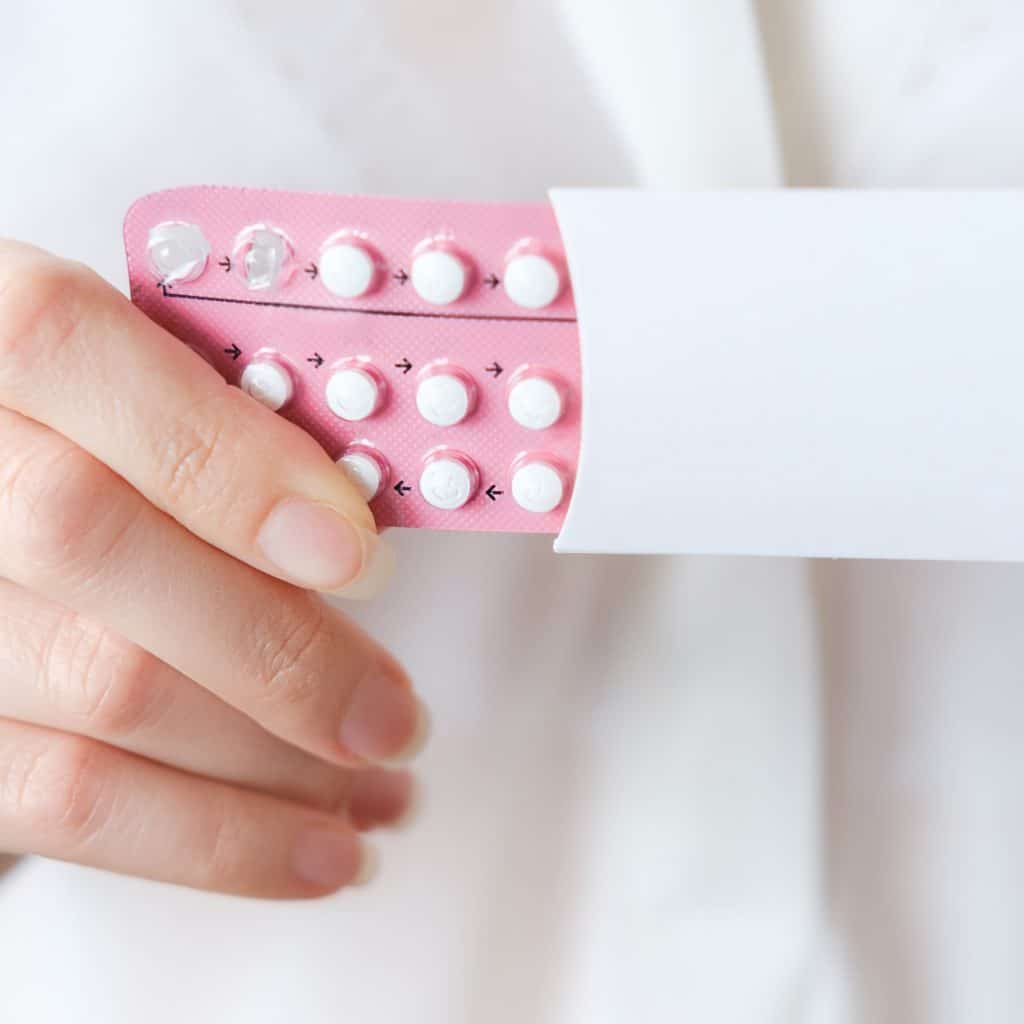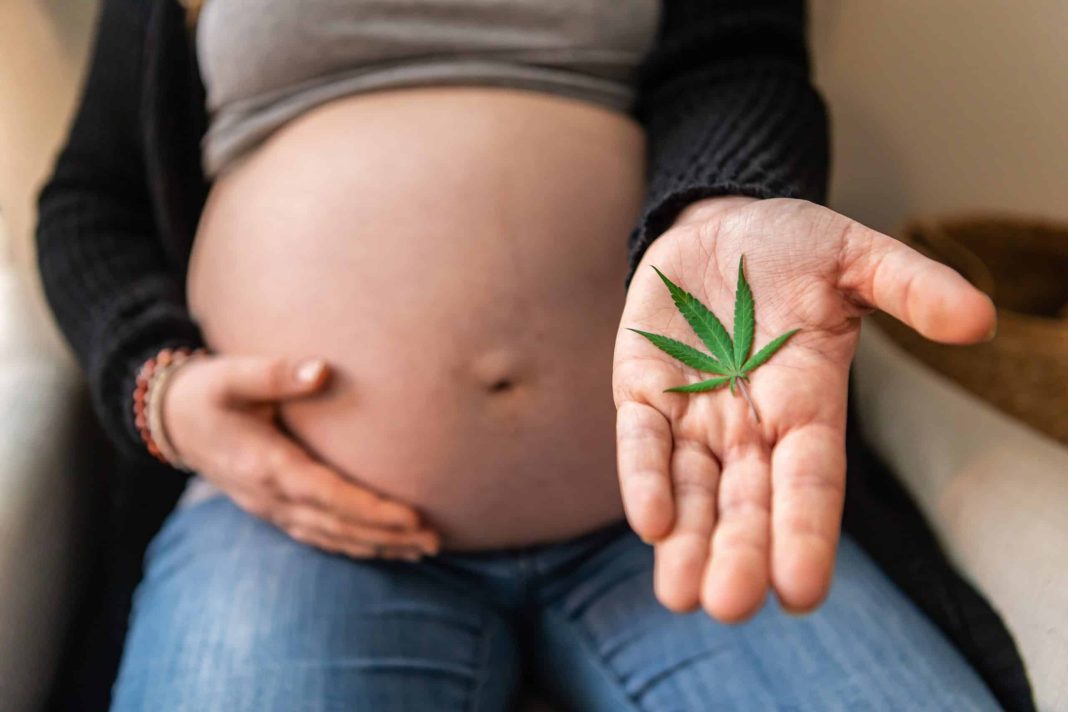Fertility is a hot topic of discussion these days. For the last few years at least, media has been abuzz about fertility rates… whether they’re dropping or not and how much, what’s causing them to drop, and possible solutions. Researchers are throwing out many different theories as to why this is happening, some totally plausible and others completely harebrained.
Looking at the latter, today we’re covering a recent study that claims exposure to THC from a young age can lead to reproductive problems in women. Is this accurate though? Could cannabis really have such profoundly negative effects on fertility? Let’s take a closer look.
About the study
Researchers from University of California, Irvine, believe that teen and young adult exposure to tetrahydrocannabinol, the primary psychoactive compound in cannabis, can lead to various long-term reproductive issues including depleted ovarian follicles and matured eggs, leading to difficulty conceiving. The study was published on March 13th of this year, in the journal Toxicological Sciences.
“Given that more and more teenagers and young adults are using cannabis, especially with easier access to the substance, this study’s findings are especially important,” said senior and corresponding author Dr. Ulrike Luderer, professor of environmental and occupational health at the UCI Program in Public Health. “It is imperative to widely broadcast the consequences of early-life exposure to cannabis on reproductive health in adulthood.”
The team tested their hypothesis on mice by injecting THC into immature mice for a two-week period then evaluated the effects at different time periods after exposure. They concluded that the number of healthy ovarian follicles (which are non-renewable) decreased by nearly 50 percent, and eggs matured at a much more rapid rate than normal.
“Our findings provide unexpected new insights into the long-term impact of THC on reproductive function and aging,” said co-author Daniele Piomelli, Ph.D., distinguished professor of anatomy and neurobiology at the UCI School of Medicine. “Our hope is that our findings will motivate teenage girls to make better, more informed decisions about whether or not to ingest cannabis products.”
Are teens actually using more cannabis?
The study mentions that a growing number of teens are using cannabis, but does the data back that up? “Our findings provide Teenagers are less likely to use cannabis in places where the drug has been legalized, a new study suggests. Researchers at Montana State University looked at health surveys of US high school pupils between 1993 and 2017.
While overall use among US adults went up, the likelihood of teen use declined by nearly 10% in states where recreational use was legalized. Some 33 states have legalized medical cannabis, while 10 states have also legalized recreational use. Cannabis use remains illegal in all states for people under the age of 18.
Lead author of the study Mark Anderson told the Associated Press that the study, published in the medical journal Jama Paediatrics, “should help to quell some concerns that use among teens will actually go up”. new insights into the long-term impact of THC on reproductive function and aging,” said co-author Daniele Piomelli, Ph.D., distinguished professor of anatomy and neurobiology at the UCI School of Medicine. “Our hope is that our findings will motivate teenage girls to make better, more informed decisions about whether or not to ingest cannabis products.”
The results echo those of a previous study, published last December, that found cannabis use among teens in Washington dropped after the state legalized the drug in 2012. But the results contradicted a 2018 study from Colorado which found that the number of high school pupils who said they used cannabis stayed the same after recreational use was legalized in that state in 2014.
Thank you for stopping in. Head over to the Cannadelics Weekly Newsletter for direct updates; and get access to awesome deals on cannabis buds, vapes, edibles, smoking devices and equipment, cannabinoid compounds, and some psychedelic products! Go get high responsibly!
What else could be impacting fertility?
Info about the reproductive system. Food, pollution and health. We can say with relative certainty that birth numbers in the US are dropping. Between 1976 and 2018, the mean number of children ever born per woman declined, from three children to two. But is that due to fertility or simply because women are choosing to wait, now that they have more economic and educational opportunities.
But let’s assume for a minute that it is related to fertility, specifically; what could be causing this drop? Fertility rates tend to be higher in poorly resourced countries and lower in developed countries, where women have access to better education and medical care. Why is that? A large-scale study from 2009 concluded that “In these countries, fertility rates are higher due to the lack of access to contraceptives and generally lower levels of female education.” Also, when looking at immigrant families to the US, they found that, “fertility rates of immigrants to the US have been found to decrease sharply in the second generation as a result of improving education and income.”
But again, that doesn’t really make sense. If education and contraception are the reason that women are having less babies, then that is a lower rate of conception, not fertility. If a woman isn’t getting pregnant because she’s on birth control, the doesn’t mean she isn’t fertile. So again, are women actually less fertile, or are they just not having as many babies, willingly?

Let’s once more assume that fertility rates are indeed dropping. It’s a problem that’s more common in developed countries, not those where people live a more natural and simpler lifestyle. Starting from a very young age, we are exposed to an alarming number of chemicals via food, water, hygiene products, household items (including Wi-Fi routers), and even in the air we breathe inside and outside our homes.
Here are a few interesting statistics on elements of modern living and fertility:
- Studies have found that sperm concentration, motility and morphology were affected significantly by exposure to Wi-Fi. The longer and more consistent the exposure, the worse the outcome.
- Dairy and meat have a lot of naturally occurring sex hormones, and these foods make up the bulk of the “western diet”. Researchers believe that heavy consumption of these foods from youth could enter the child into early puberty.
- Many hygiene products, household cleaners, plastic bottles and containers, and numerous other day-to-day items contain a variety of Endocrine Disrupting Chemicals (EDCs), which can have profound effects on our hormones and fertility.
Add to that, researchers have confirmed that men’s sperm counts have been on a steady decline since the 1970s, but men have been smoking cannabis and tobacco since long before then. In my opinion, that offers even more credibility to the idea that “modern living” is the reason for lower fertility rates.
Final thoughts
So, does cannabis use at a young age actually lead to fertility issues later on down the line? It’s possible, and we can’t say with 100 percent certainty that it does not. However, considering the fact that cannabis has been used for thousands of years, and there so many dietary, environmental, and lifestyle factors associated with modern-day living that can negatively impact our health, it’s not unreasonable to assume that cannabis is low-risk, if any risk at all.
Thanks for making your way over! We appreciate you stopping in at Cannadelics.com; where we work to bring you the best in independent news coverage for the cannabis and psychedelics spaces. Visit us regularly for daily news, and sign up to the Cannadelics Weekly Newsletter, so you’re always on top of what’s going on.





